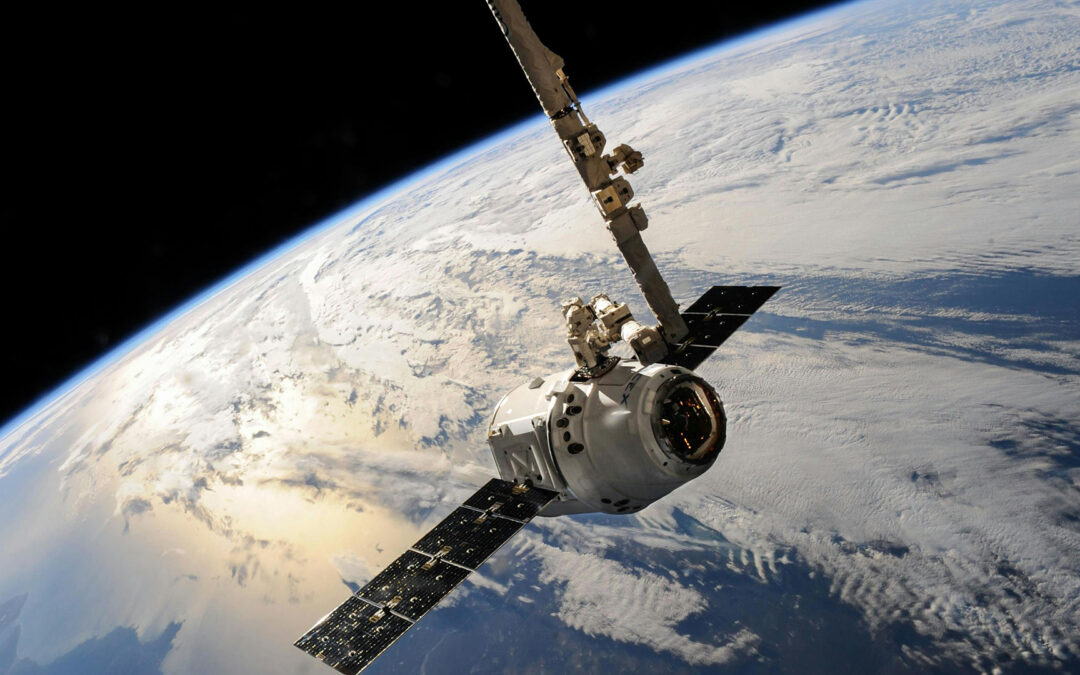While the coldest temperature recorded on Earth is minus 128.6 degrees Fahrenheit, temperatures in space reach far more drastic extremes: The coldest regions can reach minus 454.81 degrees Fahrenheit.
Given that there is no power grid to plug into, spacecraft such as satellites often use batteries for electrical power to store energy taken in from solar panels. Dominant battery designs use a liquid electrolyte, a key component inside batteries that transports and converts power between the battery’s terminals as it’s charged and discharged. However, this liquid can freeze or operate with much lower efficiency in space’s harsh temperatures.
While onboard battery heaters can prevent freezing, they’re a significant power drain on spacecraft’s limited levels of electricity.
To alleviate the problem, Nick Rolston, an assistant professor of electrical engineering in the Ira A. Fulton Schools of Engineering at Arizona State University, set out to develop a battery capable of functioning at low temperatures with researchers from the Swiss Federal Laboratories for Materials Science and Technology, or Empa.
Rolston is working with a Swiss team led by Moritz H. Futscher, a scientist at Empa and co-founder and CEO of battery startup company BTRY, to develop solid-state batteries for use in space through a project called “Batteries for Low-temperature Operation < 0C,” or “B-LO Zero” for short. Solid-state batteries’ electrolytes are solids instead of liquids, so they circumvent the risk of freezing or dramatically dropping in performance, like batteries affected by recent winter weather in the United States.
